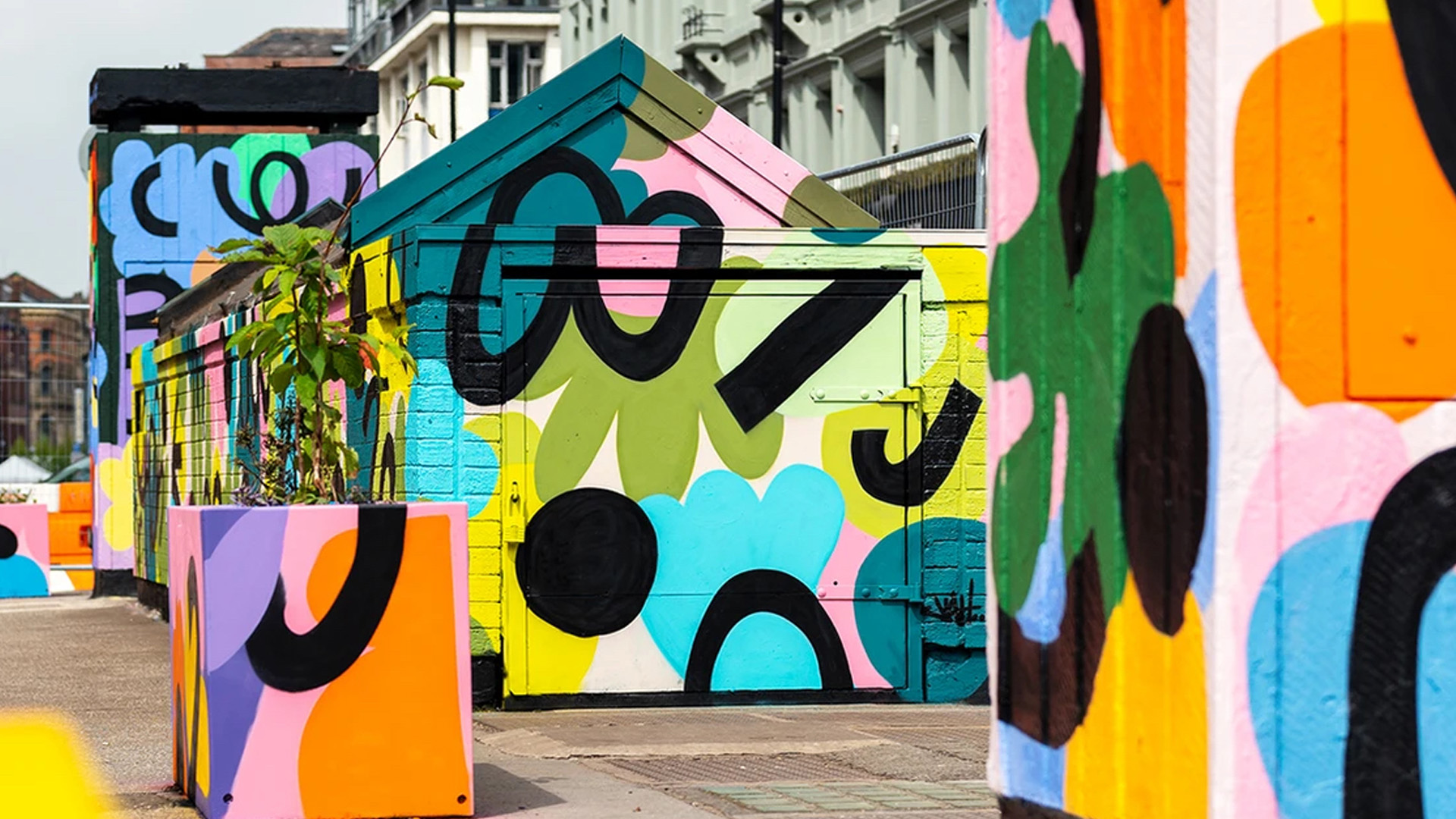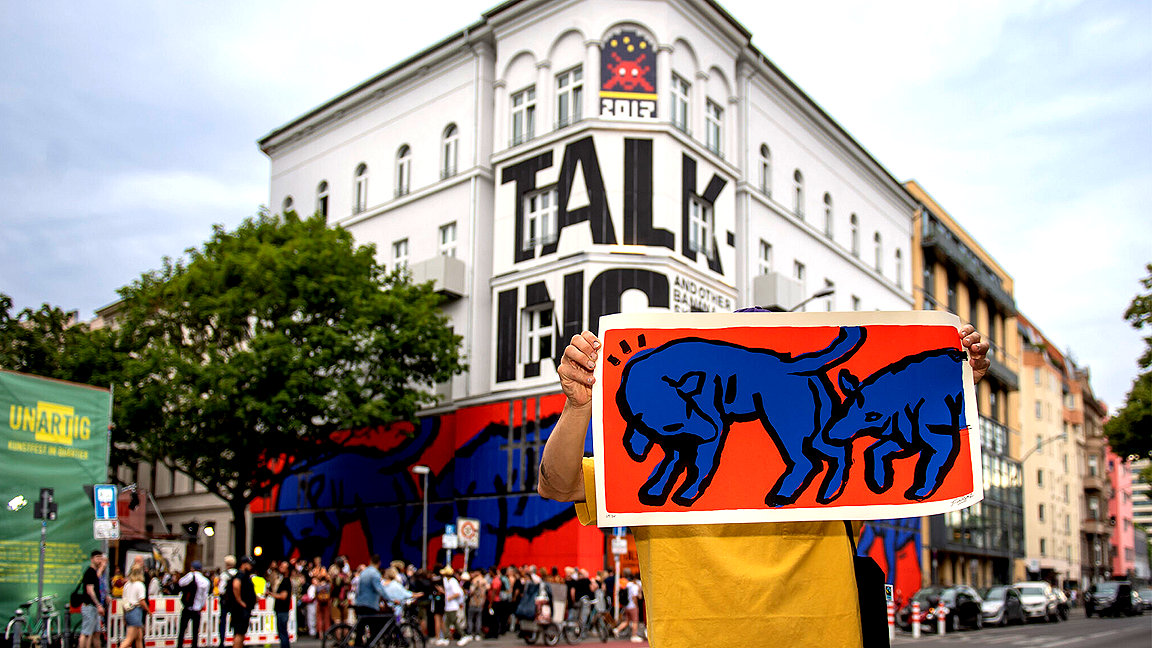
Image: Nika Kramer
The German capital Berlin has a long history as a vibrant centre for urban art. This movement has been given a home with Urban Nation, a museum for contemporary and street art.
Together with its exhibitions and initiatives across the city, Urban Nation uses art to build social bridges between real estate and communities. In fact, with its launch and funding through state-owned housing company Gewobag, the story of Urban Nation is one of connection between art, industry and people.
Its chief executive Hans-Michael Brey FRICS, who has a long career in housing and urban development, talks to Modus about the work of Urban Nation and how urban art can help to create social and cultural cohesion.
Modus: For you, what is the connection between real estate and urban art?
Hans-Michael: Companies from the real estate sector here are convinced, and this is part of their core business, that neighbourhoods should be attractive. And tenants as well as residents should be part of neighbourhood and urban development.
Additionally, companies believe that we have the social responsibility to shape the coexistence of the residents of a district. With the help of street art projects, neighbourhoods or places can develop a positive image by becoming a brand. For the residents on site, identification can be strengthened. And some projects are enriched by elements of participation. As a result, these projects become educational projects.
Berlin has a long tradition of street art, how is Urban Nation building on that tradition?
With the Museum of Urban Art, we picked up on a development that existed in Berlin. We, as a foundation and a company, have given urban art a home. A house that exhibits art, cooperates in different projects with artists and addresses social issues with the help of art.
Each year we have 120,000 visitors from different nations and about 5,000 young people who engage with the museum and the artworks on display. The museum is part of an initiative: artists are painting walls all over the city, sometimes with the residents. Moreover, workshops and guided tours take place and projects are carried out throughout Berlin.
What is the mission of Urban Nation?
The mission is: connect, create, care. We want to use art to draw attention to social developments. We address topics. For example, in the current exhibition ‘Talking ... and other banana skins’, we are dealing with the pitfalls of digital communication. Everyone transmits, only a few receive. But we don't want to do this with a raised index finger, we’d rather to encourage questions that visitors to the museum can then find answers to on their own. If a problem is understood, or even outlined, then dealing with it becomes easier.
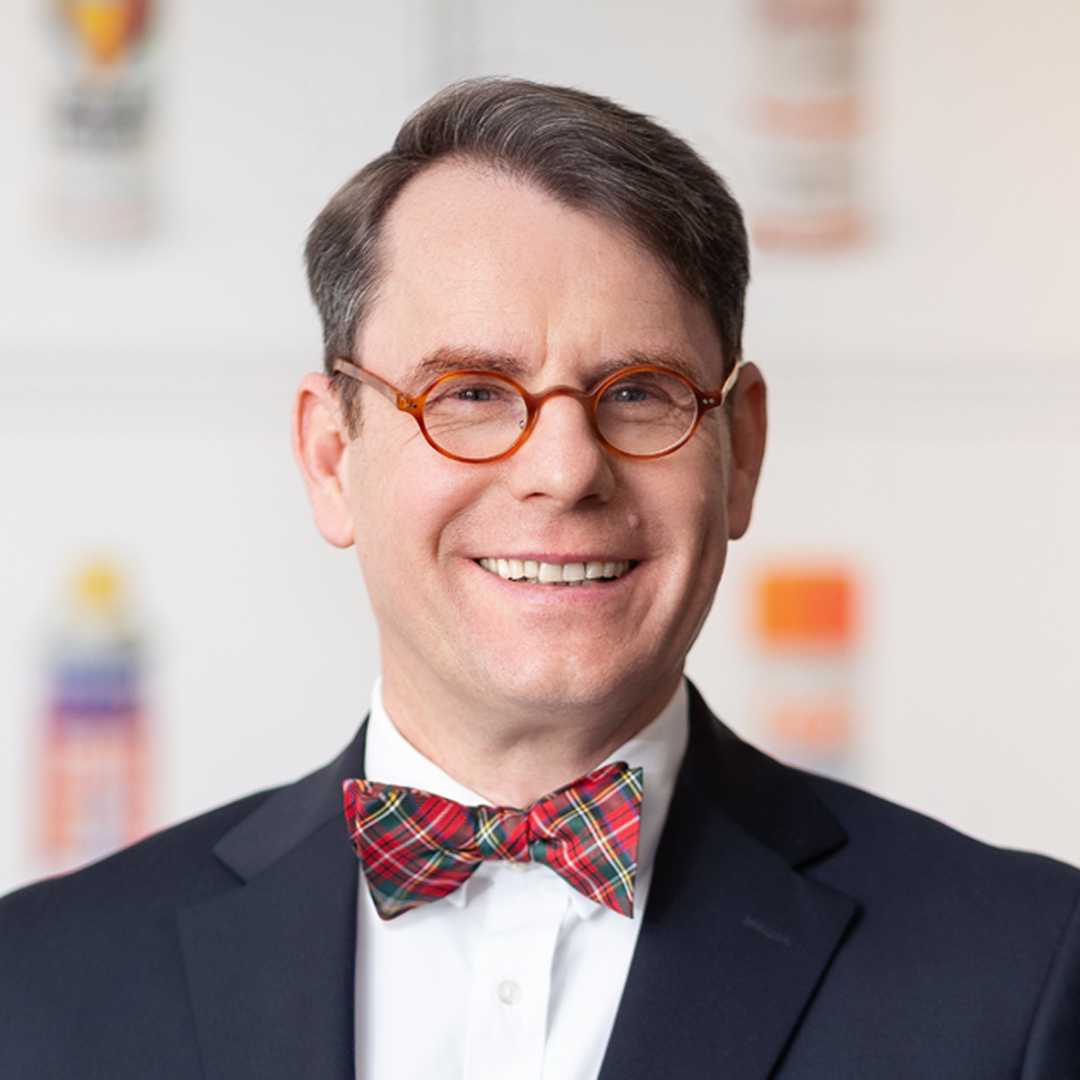
“With the help of street art projects, neighbourhoods or places can develop a positive image” Hans-Michael Brey FRICS, Urban Nation
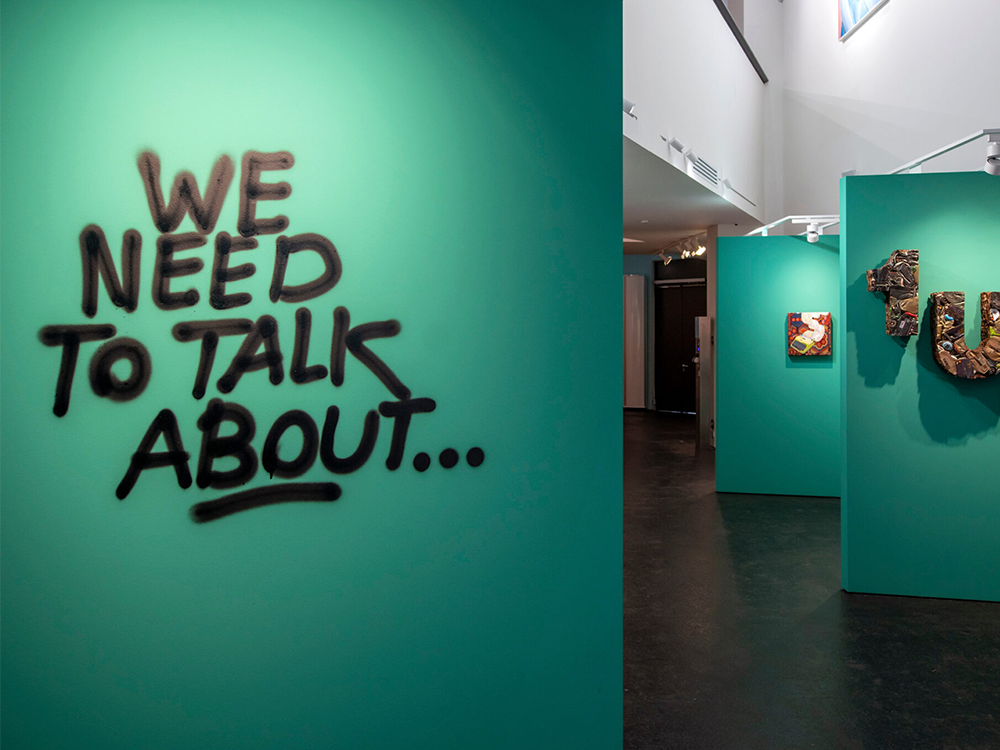
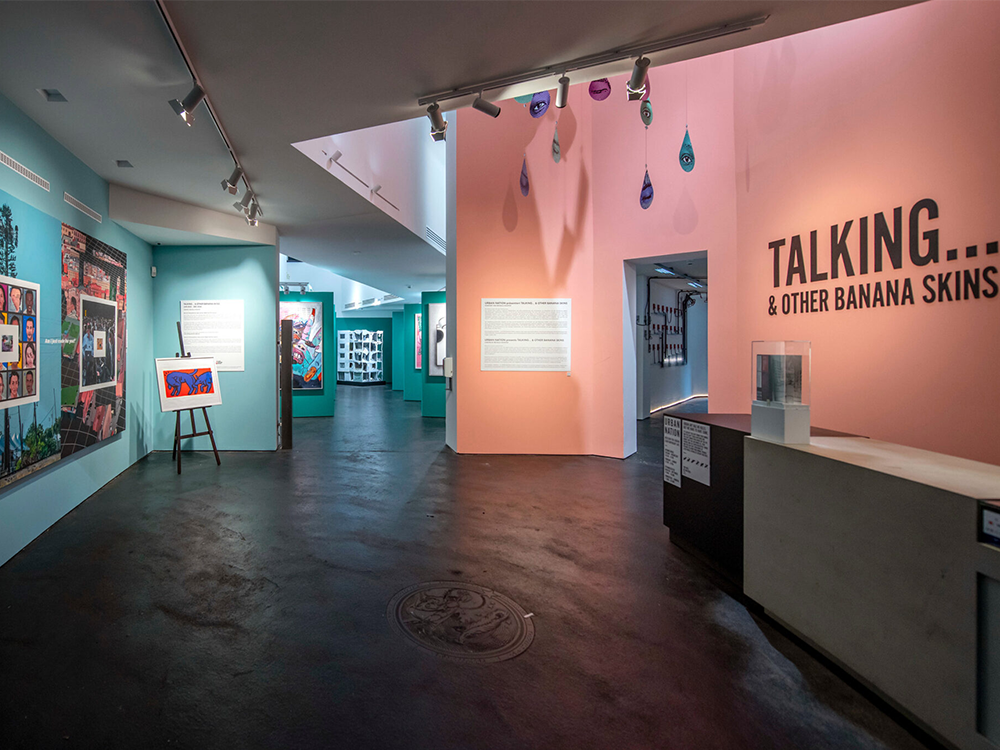
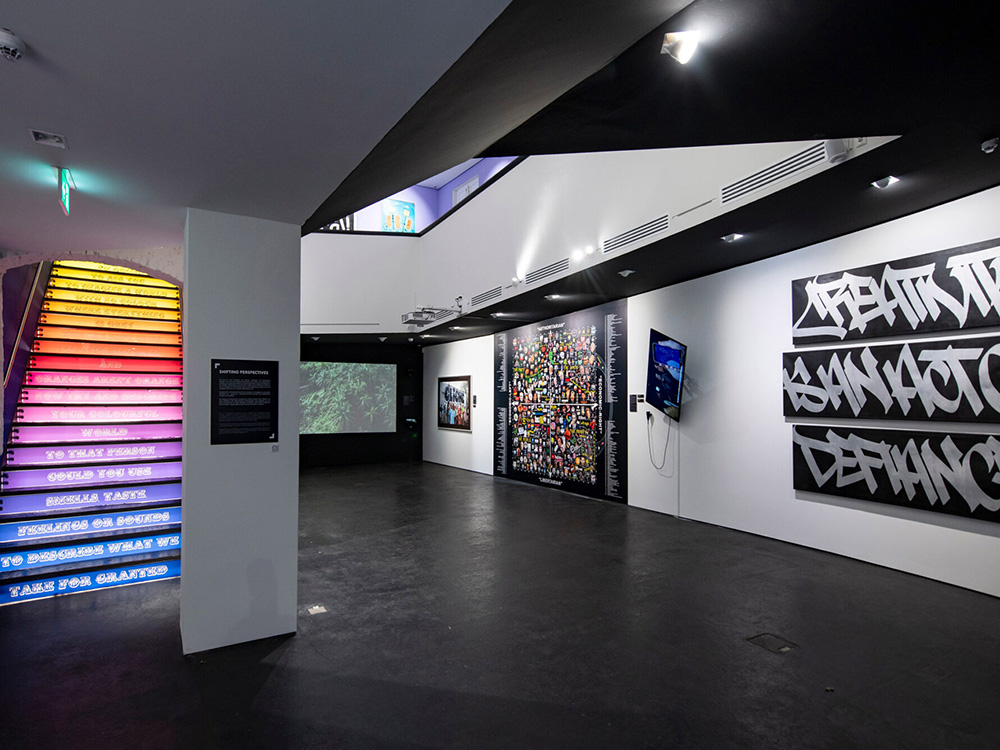
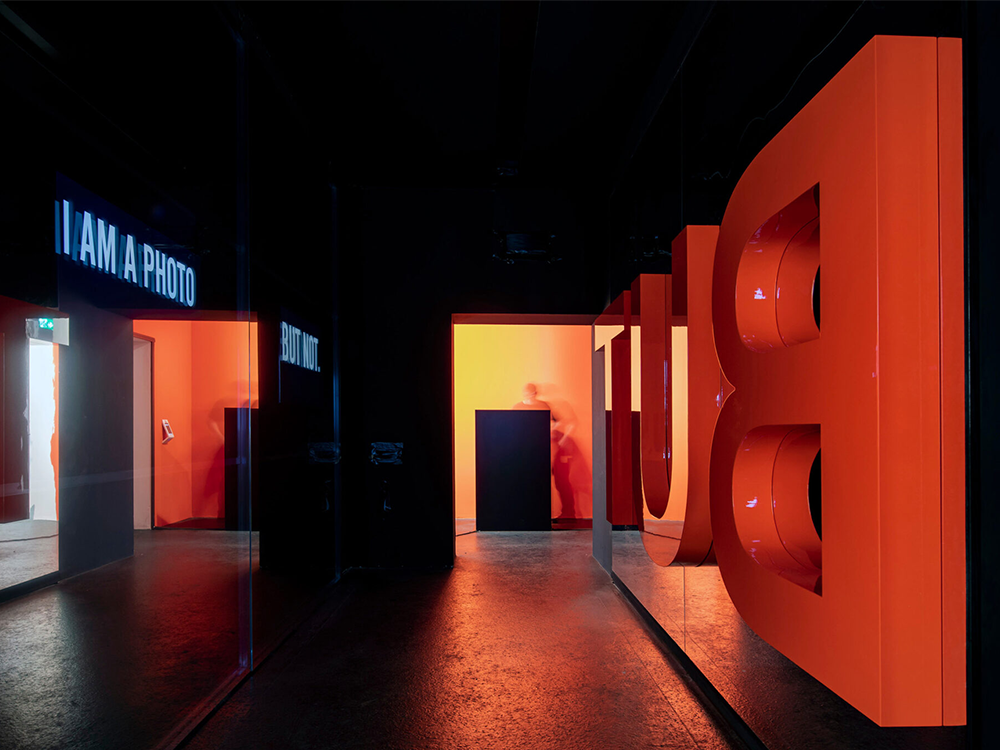
“I belong to the generation that was lucky. It's time to pass on that luck” Hans-Michael Brey FRICS, Urban Nation
Why does a real estate company set up a foundation and invest in urban art?
Gewobag is a housing and real estate company under public management with 76,000 units in 22 districts across Berlin. It launched Berliner Leben Foundation in 2013 with the mandate to encourage and promote education, art, culture, youth, and elderly care as well as sports. The goal is to create stable structures that promote social balance and the integration of different population groups in Berlin's neighbourhoods. Children and young people should be supported in their personal lives and professional careers, and democratic values should be conveyed.
Is working with the community a key part of that?
The foundation wants to fulfil its social responsibility in the districts to strengthen the prospects of younger generations. Ongoing as well as new projects are brought together and made accessible to several local actors and participants.
This is where, for example, the project with artists Various & Gould comes into play. They led a workshop for children and teenagers, where participants collaged faces out of coloured paper using Various & Gould’s technique. The young people were then photographed and now serve as the basis for the larger-than-life wall piece called ONE WALL.
They form the communal face of the neighbourhood and are an expression of a colourful community. The children’s names served as a grid on the wall and so also became part of the image. The title of the project expresses the thought: “All of us here belong to the we.”
How do you select the locations for the ONE WALL programme?
Schöneberg is one of 22 districts Gewobag manages residential property in. With the help of the ONE WALL programme, the company aims to give Berlin and its districts an unmistakable appearance. This strengthens the identity of the neighbourhood in question. The walls are selected by the foundation and coordinated with Gewobag's portfolio management. In addition, artists are selected in conjunction with the residents to involve all stakeholders.
If we are able to get young people involved, then the neighbourhood work is successful. More than 50 ONE WALLs and 30 community walls have been realised so far.
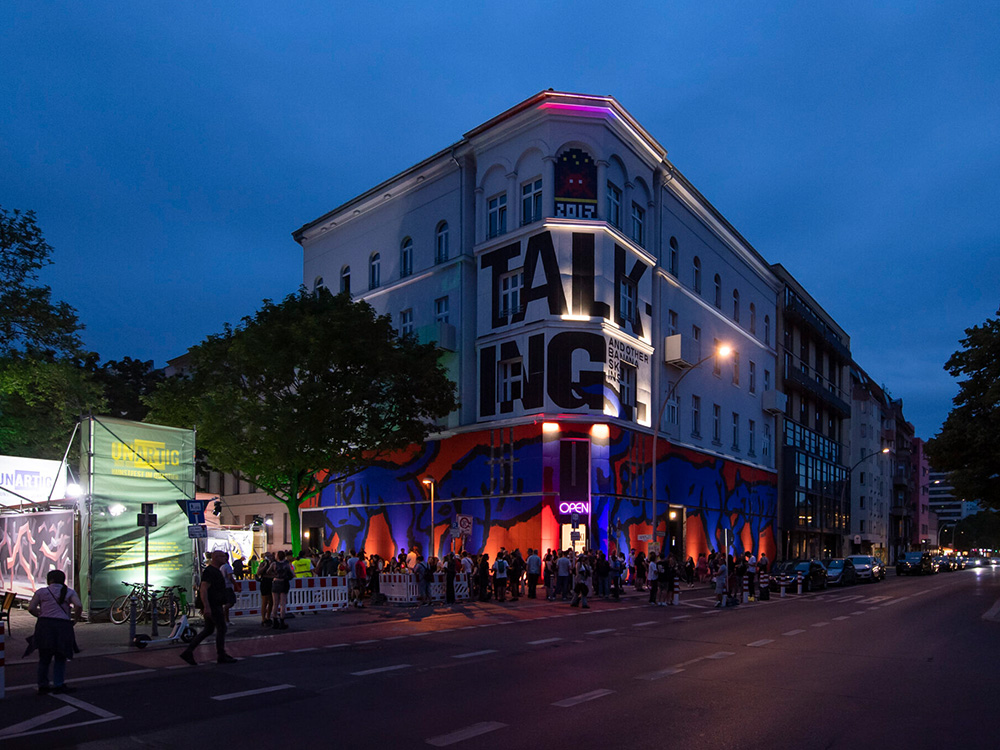
You have had a long and varied career in housing and real estate. What prompted you to move to Urban Nation?
The work I did in the real estate industry ranged from issues of urban development and economics for the Federal Ministry of Economics, to human resources development, and finally to Gewobag and the Stiftung Berliner Leben. I suppose it was always the practical connection that kept me in the sector.
As the phrase goes, action speaks louder than words. I belong to the generation that was lucky. It's time to pass on that luck.
What are you currently working on and what are your plans for Urban Nation?
Currently we are preparing a new exhibition for 2024. As a foundation of a housing company, we will focus on the treatment of public space and ask ourselves what influence art will have on the development of spaces and societies.
The exhibition sets out to look at how different subcultures have appropriated public space. Rather than exploring the genesis of some subcultures, this exhibition will focus on what is now and what is to come. Using Berlin and Germany as an anchoring point and reference for urban and contemporary culture.
Furthermore, in 2024, we hope to further expand our educational programmes that we have implemented in neighbourhoods with young people.
What lessons on culture and social cohesion can urban art teach the real estate industry?
With the help of art and culture, relevant everyday social issues – such as education, digitalisation, climate change, and migration – are put into focus and their effects are explained.
Social developments that are understood and accepted by all ensure more peaceful interaction in the neighbourhoods. Understanding also creates participation in social life.
Art is only one form of expression though. Companies need to, in the sense of a social market economy, do full justice to their social as well as economic responsibility.

